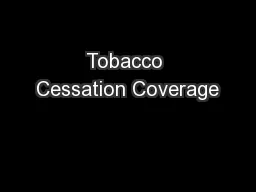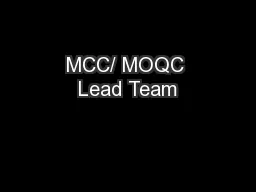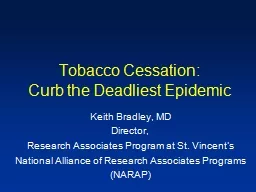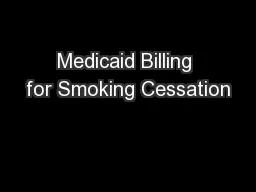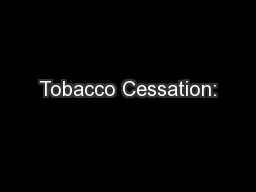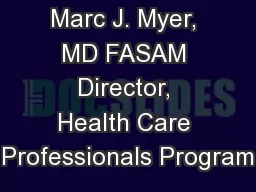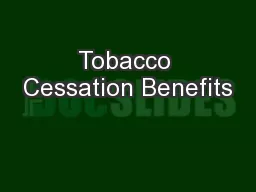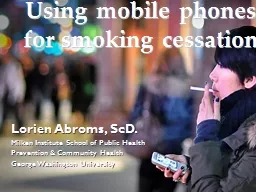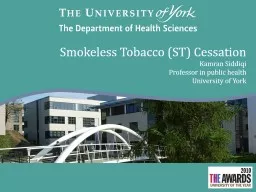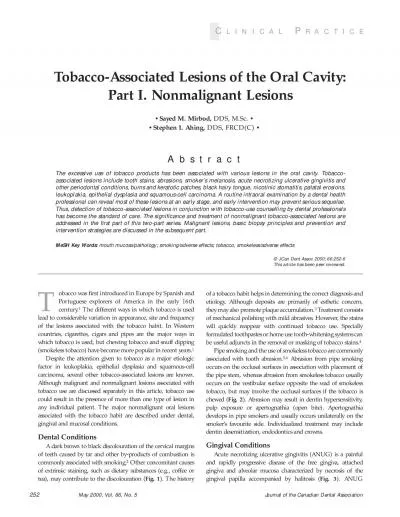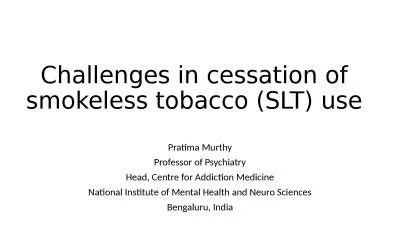PPT-Tobacco Cessation Coverage
Author : greemeet | Published Date : 2020-06-15
Creating a Healthier Workforce and Improving Your Businesss Bottom Line Name AgencyTitle Staying Competitive in the Marketplace Equipping your employees with
Presentation Embed Code
Download Presentation
Download Presentation The PPT/PDF document "Tobacco Cessation Coverage" is the property of its rightful owner. Permission is granted to download and print the materials on this website for personal, non-commercial use only, and to display it on your personal computer provided you do not modify the materials and that you retain all copyright notices contained in the materials. By downloading content from our website, you accept the terms of this agreement.
Tobacco Cessation Coverage: Transcript
Download Rules Of Document
"Tobacco Cessation Coverage"The content belongs to its owner. You may download and print it for personal use, without modification, and keep all copyright notices. By downloading, you agree to these terms.
Related Documents

